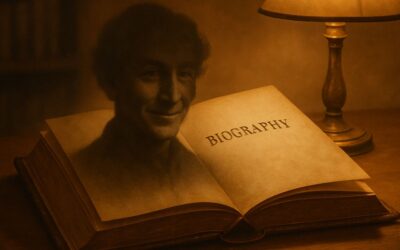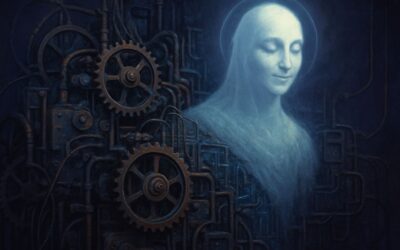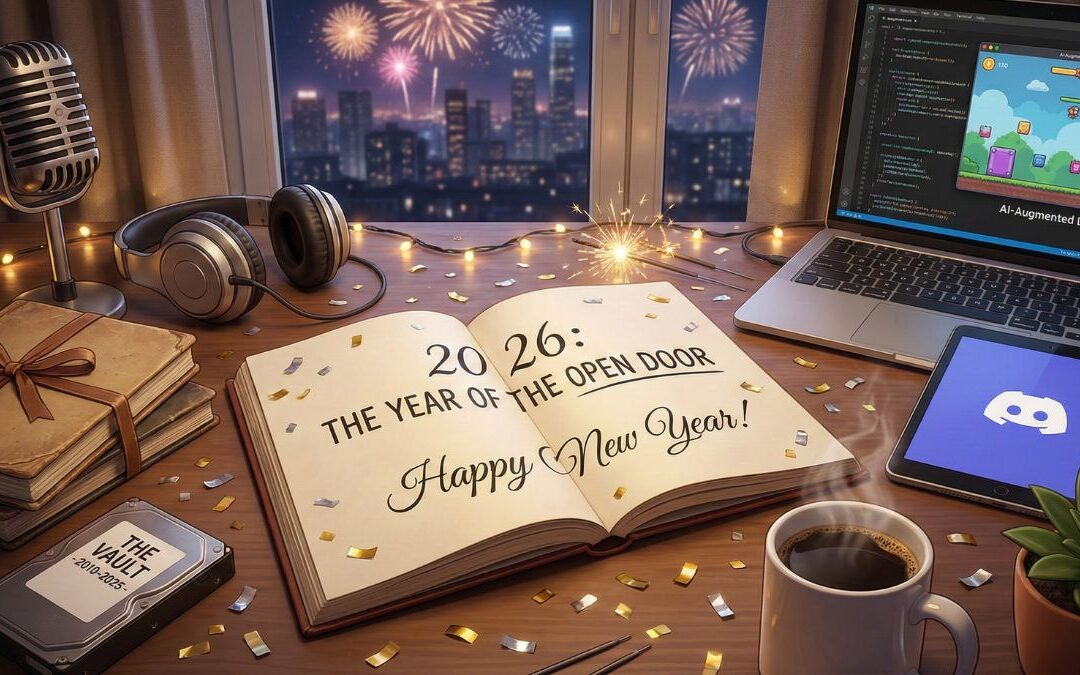- Article Audio
- Introduction
- The Epic of Gilgamesh: The Dawn of Epic Literature
- The Iliad: A Masterpiece of Greek Epic Literature
- From Gilgamesh to The Iliad: The Evolution
- Conclusion
- Keywords
- Key Takeaways
- You Might Still Be Wondering about…
- How do the themes explored in The Epic of Gilgamesh and The Iliad resonate with contemporary society?
- How did the cultural and historical contexts of ancient Mesopotamia and ancient Greece influence the portrayal of gods and goddesses in The Epic of Gilgamesh and The Iliad?
- How does the concept of heroism evolve from Gilgamesh to Achilles? In what ways are they similar, and how do they differ?
- What are the major differences in the narrative structures of The Epic of Gilgamesh and The Iliad? How do these differences affect the reading experience?
- How do the epics reflect the cultural values and social structures of their respective societies?
- How does the concept of fate or destiny play a role in both The Epic of Gilgamesh and The Iliad? How do characters respond to their predetermined fates?
- What role do women play in The Epic of Gilgamesh and The Iliad? How are they portrayed, and what influence do they have on the narratives?
- How do the epics address the concept of mortality and the human struggle with the inevitability of death?
- How do the literary techniques used in The Epic of Gilgamesh and The Iliad contribute to the overall impact of the narratives?
- How have subsequent works of literature been influenced by The Epic of Gilgamesh and The Iliad? In what ways do these ancient epics continue to shape contemporary storytelling?
- Common Misconceptions or Mistakes
- Misconception: The Epic of Gilgamesh and The Iliad are purely fictional tales without any historical or cultural significance.
- Misconception: The Epic of Gilgamesh and The Iliad solely focus on physical heroism and warfare.
- Misconception: The gods in The Epic of Gilgamesh and The Iliad are infallible and act only for the benefit of humans.
- Misconception: The narrative structure of The Epic of Gilgamesh and The Iliad is straightforward and linear.
- Misconception: The themes and messages of The Epic of Gilgamesh and The Iliad
- are irrelevant to modern society.
- Article Audio
- Article Interactive
- Article Video
Article Audio
Introduction
The dawn of literature is marked by epic narratives that have traversed the boundaries of time, culture, and geography, maintaining their relevance and resonance in the 21st century. Epics, as a genre, are elaborate stories that revolve around heroic characters, divine interventions, and monumental events. The earliest known literary works—‘The Epic of Gilgamesh’ and Homer’s ‘The Iliad’—epitomize the essence of epic literature. Both provide a remarkable insight into the societies that produced them and continue to shape our understanding of the human condition.
The Epic of Gilgamesh: The Dawn of Epic Literature
The Epic of Gilgamesh is among the earliest known works of literature, originating from ancient Mesopotamia around 2100 BC. The epic is a product of a complex oral tradition, transformed and refined over centuries before being inscribed on twelve clay tablets in the Akkadian language.
The epic tells the story of Gilgamesh, a legendary king of Uruk, and his companion, Enkidu, formed from clay by the gods. Their adventures include slaying the fearsome forest demon Humbaba and the Bull of Heaven, sent by the goddess Ishtar after Gilgamesh rejected her advances. However, Enkidu’s death propels Gilgamesh on a profound existential quest to find the secret of immortality, leading him to the wise but failed immortal, Utnapishtim.
The Epic of Gilgamesh is a profound exploration of friendship, the human struggle with mortality, the quest for wisdom, and the destructive potential of unchecked power. Notably, it provides an early perspective on the human relationship with the divine, where gods and goddesses interfere in human lives but also guide and instruct.
From a literary perspective, The Epic of Gilgamesh serves as a foundation for many themes and motifs that recur in later epic traditions. The concept of heroic quests, divine interventions, human-god interactions, and the exploration of existential questions are characteristics that resonate in subsequent epic literature.
The Iliad: A Masterpiece of Greek Epic Literature
Over a thousand years after the creation of The Epic of Gilgamesh, around 8th century BC, another monumental epic was taking shape in the eastern Mediterranean, written by a poet known as Homer—The Iliad. This work, alongside its companion piece, The Odyssey, forms the cornerstone of ancient Greek literature.
The Iliad narrates a brief but significant period in the final year of the Trojan War, a conflict waged between the city of Troy and the Greek city-states. The epic is not merely a tale of war but rather a deep exploration of wrath, personified in the character of Achilles, the greatest Greek warrior. Achilles’ anger at Agamemnon, the Greek king, for taking his war prize, Briseis, sets the stage for a chain of events that eventually leads to the fall of Troy.
Homer’s Iliad is a complex blend of historical narrative and mythological elements. The gods play an active role, taking sides in the human conflict, and their actions often mirror the human drama unfolding on the battlefield. The narrative explores themes of honor, power, fate, and the human condition, underpinned by the Greek concept of ‘kleos,’ or eternal fame.
The Iliad differs from The Epic of Gilgamesh in its more sophisticated narrative structure and character development. While Gilgamesh is a direct, linear narrative, The Iliad uses flashback, foreshadowing, and dramatic irony to create a multi-layered narrative that delves into the psychology of its characters.
From Gilgamesh to The Iliad: The Evolution
The transition from The Epic of Gilgamesh to The Iliad reveals an evolution in the epic tradition. While both epics share fundamental elements such as divine-human interactions, heroic exploits, and existential explorations, their approach to these themes shifts with time and cultural context.
In The Epic of Gilgamesh, the gods are instrumental, steering the narrative through direct actions. However, their characterizations are often simplistic, reflecting an ancient worldview where the divine and human realms are closely intertwined. In contrast, The Iliad presents the gods as more complex and flawed, mirroring the humans they manipulate. This shift suggests a more nuanced understanding of divinity, reflective of the sophisticated Greek religious and philosophical thought.
The hero’s journey in these epics also evolves. Gilgamesh starts as an arrogant tyrant but transforms into a wise ruler, his journey prompted by friendship and loss. His quest for immortality, though ultimately unsuccessful, brings him wisdom and acceptance. On the other hand, Achilles’ journey in The Iliad is driven by rage and pride. His eventual reconciliation with Priam, the Trojan king, signifies a movement towards empathy and understanding, revealing a shift in the conceptualization of heroism from physical prowess to emotional maturity.
Moreover, the narrative style and structure mature from The Epic of Gilgamesh to The Iliad. Homer’s work employs sophisticated literary devices, such as metaphors, similes, and dramatic irony, adding depth and complexity to the story. The narrative structure also becomes more intricate, with multiple subplots that enrich the main narrative.
Conclusion
The Epic of Gilgamesh and The Iliad, standing at the dawn of literary history, serve as essential touchstones for understanding the evolution of epic literature. They illustrate how storytelling techniques, thematic explorations, and character development have been refined and expanded over centuries.
Both epics, despite being products of their times, continue to resonate today. Their exploration of universal themes—friendship, loss, heroism, the quest for immortality, and the human-divine relationship—maintains their relevance in contemporary discourse. Moreover, they offer invaluable insights into the cultures that birthed them, revealing the shared human experience across time and space.
In essence, The Epic of Gilgamesh and The Iliad represent humanity’s enduring need to tell stories—to encapsulate our fears, hopes, struggles, and triumphs. They remind us of the power of literature to transcend temporal and cultural barriers, providing a mirror to our collective human experience. Through the epic tradition, we not only glimpse the ancient world but also better understand our present one.
Keywords
- Epic literature: A genre of literature characterized by long, narrative poems that focus on heroic characters, monumental events, and often involve divine interventions.
- Gilgamesh: The legendary king of Uruk and the protagonist of the Epic of Gilgamesh, known for his strength, arrogance, and quest for immortality.
- The Epic of Gilgamesh: One of the earliest known works of literature, originating from ancient Mesopotamia, which tells the story of Gilgamesh and his adventures and existential quest.
- Homer: An ancient Greek poet traditionally credited with the authorship of the epic poems The Iliad and The Odyssey.
- The Iliad: A monumental ancient Greek epic poem attributed to Homer, which narrates a significant period in the final year of the Trojan War and explores themes of wrath, honor, fate, and the human condition.
- Divine-human interactions: The interactions and interventions between gods or deities and human characters in epic literature, often shaping the events and outcomes of the story.
- Heroic quests: Journeys undertaken by heroic characters in search of a goal, often involving great challenges, adventures, and personal growth.
- Existential questions: Fundamental inquiries about the nature of human existence, purpose, meaning, mortality, and the human condition.
- Character development: The growth, transformation, and complexity of characters throughout a narrative, including their psychological, emotional, and moral evolution.
- Narrative structure: The organization and arrangement of events, subplots, and literary devices within a story.
Key Takeaways
- The Epic of Gilgamesh and The Iliad are ancient literary epics that continue to hold relevance and resonance in the 21st century.
- Both epics explore universal themes such as friendship, mortality, heroism, and the human-divine relationship.
- The Epic of Gilgamesh predates The Iliad and serves as a foundation for many recurring themes and motifs in later epic traditions.
- The Iliad showcases a more sophisticated narrative structure, character development, and use of literary devices compared to The Epic of Gilgamesh.
- The gods in The Epic of Gilgamesh and The Iliad reflect the cultural and philosophical differences between ancient Mesopotamia and ancient Greece.
- The transition from The Epic of Gilgamesh to The Iliad demonstrates an evolution in storytelling techniques, thematic exploration, and the conception of heroism.
- Both epics offer valuable insights into the societies that produced them, providing a glimpse into ancient cultures and the shared human experience.
You Might Still Be Wondering about…
How do the themes explored in The Epic of Gilgamesh and The Iliad resonate with contemporary society?
Both epics raise questions about the nature of power, friendship, mortality, and the role of the divine, which are still relevant in modern times. They prompt us to reflect on our own struggles and search for meaning.
How did the cultural and historical contexts of ancient Mesopotamia and ancient Greece influence the portrayal of gods and goddesses in The Epic of Gilgamesh and The Iliad?
The gods in both epics reflect the religious and philosophical beliefs of their respective cultures. Understanding these contexts enhances our comprehension of the divine-human interactions portrayed in the epics.
How does the concept of heroism evolve from Gilgamesh to Achilles? In what ways are they similar, and how do they differ?
Gilgamesh and Achilles both embark on transformative journeys, but their motivations and character development differ. Comparing their quests can shed light on changing ideals of heroism and the exploration of personal growth.
What are the major differences in the narrative structures of The Epic of Gilgamesh and The Iliad? How do these differences affect the reading experience?
The Epic of Gilgamesh is a more direct and linear narrative, while The Iliad employs flashback, foreshadowing, and subplots. Exploring these differences can deepen our understanding of the storytelling techniques used in epic literature.
How do the epics reflect the cultural values and social structures of their respective societies?
Analyzing the roles of characters, societal norms, and the treatment of themes such as honor, power, and gender can provide insights into the ancient cultures that produced the epics.
How does the concept of fate or destiny play a role in both The Epic of Gilgamesh and The Iliad? How do characters respond to their predetermined fates?
Fate and its acceptance or defiance are central themes in both epics. Exploring how characters grapple with their destinies can illuminate their motivations and the larger philosophical ideas surrounding determinism.
What role do women play in The Epic of Gilgamesh and The Iliad? How are they portrayed, and what influence do they have on the narratives?
Women in both epics often serve as catalysts for events or objects of desire. Examining their roles and agency can provide insights into gender dynamics and the societal expectations of the time.
How do the epics address the concept of mortality and the human struggle with the inevitability of death?
Both epics explore the themes of mortality and the search for immortality. Analyzing the characters’ reactions and the lessons they learn can prompt discussions on the human quest for transcendence.
How do the literary techniques used in The Epic of Gilgamesh and The Iliad contribute to the overall impact of the narratives?
Examining the use of metaphors, similes, dramatic irony, and other literary devices can enhance our understanding of the epics’ emotional depth, symbolism, and the intentions of the authors.
How have subsequent works of literature been influenced by The Epic of Gilgamesh and The Iliad? In what ways do these ancient epics continue to shape contemporary storytelling?
Exploring the influence of these epics on later works, such as other epic poems or modern literature, can illustrate their enduring impact on storytelling conventions and themes.
Common Misconceptions or Mistakes
Misconception: The Epic of Gilgamesh and The Iliad are purely fictional tales without any historical or cultural significance.
Reality: While the epics contain mythical elements, they also offer valuable insights into the societies, values, and beliefs of ancient Mesopotamia and Greece.
Misconception: The Epic of Gilgamesh and The Iliad solely focus on physical heroism and warfare.
Reality: While both epics involve heroic characters and conflicts, they also delve into complex psychological, emotional, and philosophical themes beyond mere physical prowess.
Misconception: The gods in The Epic of Gilgamesh and The Iliad are infallible and act only for the benefit of humans.
Reality: The gods in the epics possess human-like flaws and agendas, often intervening in human affairs for their own purposes or to assert power and influence.
Misconception: The narrative structure of The Epic of Gilgamesh and The Iliad is straightforward and linear.
Reality: The Iliad, in particular, employs various literary techniques and non-linear storytelling, incorporating flashbacks, foreshadowing, and multiple subplots.
Misconception: The themes and messages of The Epic of Gilgamesh and The Iliad
are irrelevant to modern society.
Reality: The exploration of friendship, mortality, heroism, and the human-divine relationship in the epics continues to resonate and offer insights into the human experience today.











0 Comments